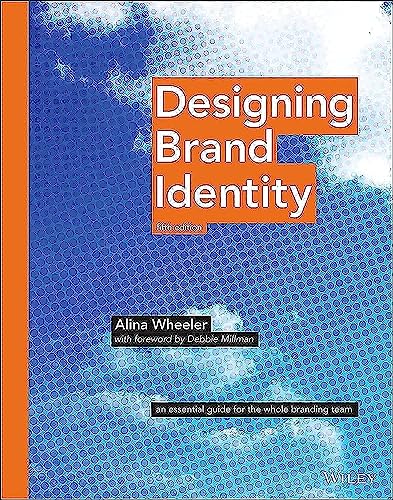Top 10 Best Logo Design Books for Designers
Logos are the cornerstone of a brand's visual identity, distilling a company's essence into a symbolic mark that evokes recognition and trust at a glance. Designing an effective logo requires far more strategic thinking than many realise. Behind every iconic logo is a meticulous design process that considers aesthetics, psychology, and memorability to create maximum visual impact. As a logo design expert, I have explored the canon of logo design literature to curate a list of the ten most insightful books for mastering this nuanced art form.
For the aspiring designer hoping to break into logo design, certain books provide an ideal foundation for the core principles and best practices. Leading designers share hard-won lessons on creativity, execution, and working with clients. Other books delve deeply into theory, revealing the psychology and aesthetics that separate great logos from the mediocre. Seasoned professionals can turn to volumes that push creative boundaries with experimental approaches. Those curious about the hidden stories behind famous logos will find books that provide fascinating context through case studies and interviews.
Whatever your background, these books offer an immense wealth of logo design knowledge. Immerse yourself in the stories, techniques, and visual galleries that capture the richness of this discipline. Use these resources to refine your artistic instincts, improve conceptual thinking, and craft remarkable logos that stand out. Let these volumes spark insight that takes your logo design skills to the next level.
Table of Contents
Introduction to Logo Design Books
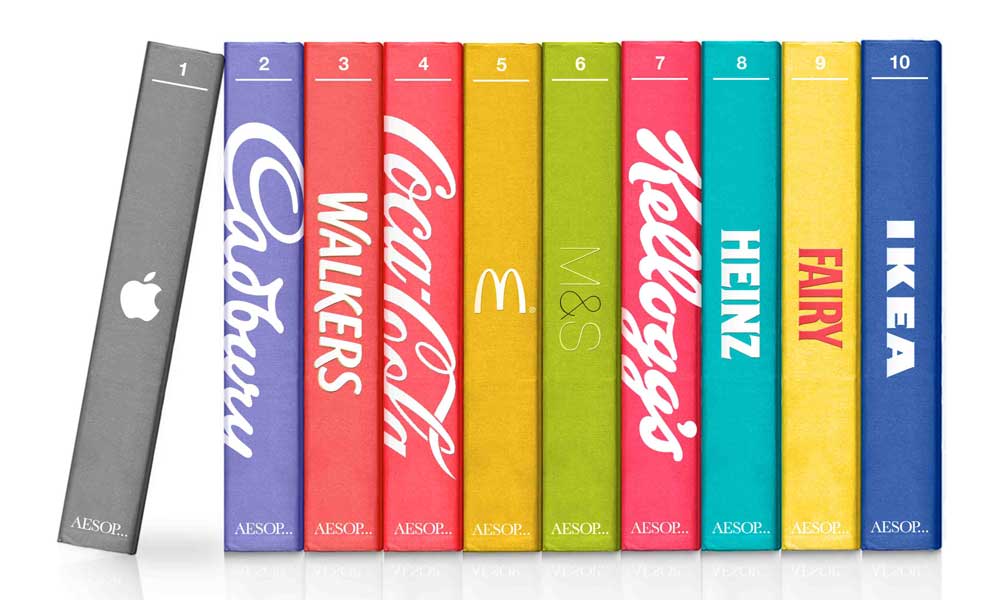
A logo is the heartbeat of a brand, distilling its essence into a memorable visual shorthand. More than just an aesthetic emblem, an effective logo reflects a company's values, connects emotionally with its audience, and creates visual cohesion. With the rise of the digital age, a logo must remain impactful and recognisable across various mediums and contexts. The increasing necessity for flexible, scalable branding has made logo design complex. Aspiring designers seeking to master this multifaceted field require diverse skills and perceptive problem-solving abilities. Before delving into seminal literature on logo creation, it is worth understanding the significance of this deceptively simple branding element.
At its core, a logo provides instant visual recognition of a company. As veteran designer Paul Rand said, “A logo is a flag for the brand.” A great logo endures as a timeless representation regardless of aesthetic trends. Iconic examples like the Nike swoosh, McDonald's golden arches, or Apple's bitten apple inspire instant brand association across generations.
A logo serves as a visual shortcut, rapidly communicating a company's personality. For example, the playful, stripped-down Google logo reflects the brand's accessible, innovative nature. A logo unites diverse products under one unified identity, providing cross-platform cohesion. Consider how Amazon's curved arrow logo imparts a smile-inducing delight whether placed on a brown delivery box or a Prime Video original. A logo adds value, transforming a generic product into a premium brand. Who would pay extra for a basic white t-shirt without the Lacoste crocodile logo?
Logo creation requires a blend of creative thinking and strategic consideration. Designers must balance aesthetics, memorability, versatility, and relevancy to the brand. Books on logo design cover foundational principles, case studies of iconic logos, creative processes, and technical skills needed.
Both budding designers and experienced creatives can use these resources to master shape, colour, typography, and composition. They provide frameworks to communicate brand values in a succinct, engaging graphic conceptually. Studying the history and psychology of effective logo design allows greater insight. With practice and the proper instructional knowledge, anyone can become adept at this nuanced discipline. Let us now dive deeper into ten illuminating books on logo creation.
Top 10 Best Logo Design Books
1 – “Logo Modernism” by Jens Müller
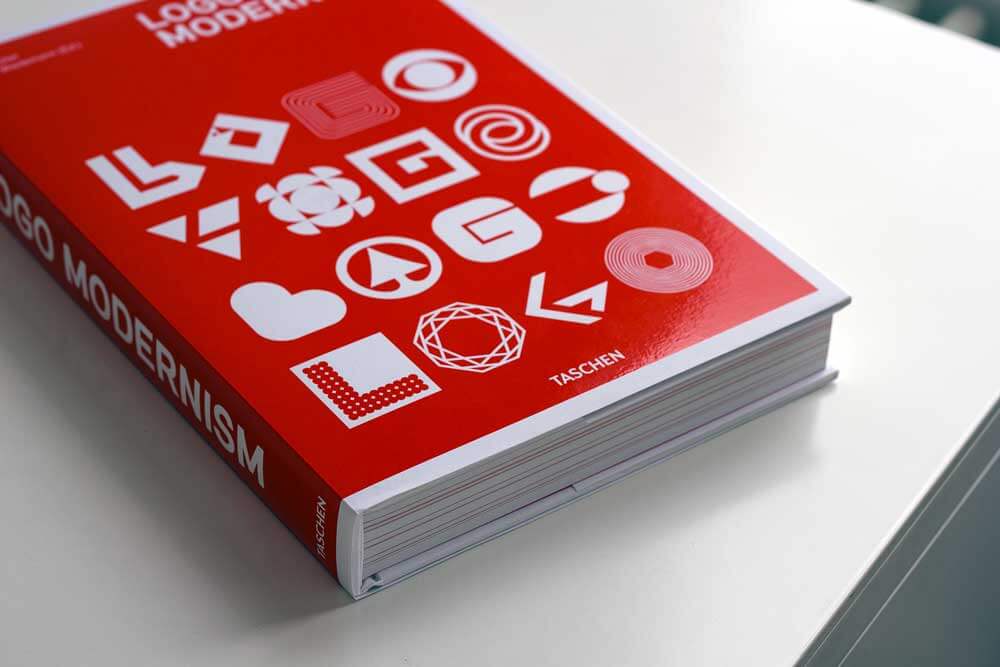
Logo Modernism offers an extensive visual chronicle of the evolution of logo design during the modernist era. This meticulously curated collection by Jens Müller showcases over 6,000 logos and trademarks that exemplify the minimalist, geometric aesthetic that came to define mid-20th-century graphic design.
By surveying the origins and impact of iconic logos from this period, Logo Modernism provides an essential historical context for understanding the power of simplicity in logo design. The book traces the early roots of modernist logos in the 1920s when designers like Paul Renner and Jan Tschichold pioneered a pared-back, sans-serif typographic style. As the modernist philosophy of “form follows function” took hold in the 1930s, logos adopted bold geometrics and abstract shapes.
- Hardcover Book
- Remington, R. Roger (Author)
- Multilingual (Publication Language)
- 432 Pages – 11/08/2015 (Publication Date) – Taschen America Llc (Publisher)
The rise of international corporate identities in the 1950s and 60s pushed logo design towards greater abstraction and minimalism. Well-known logos like the Chase Bank octagon, the Saks Fifth Avenue wordmark, and the ABC TV logo displayed the potency of elemental forms and visual clarity. By paring logos to their essence, modernist designers found they could achieve instant recognition and global applicability.
With over 6,000 diverse examples of logos and wordmarks spanning the 1920s to 1970s, Logo Modernism is an invaluable source of inspiration for contemporary designers seeking timelessness and simplicity. It demonstrates the remarkable creativity that can emerge through constraints when designers seek visual strength through precision and reduction. For those interested in the history and theory of identity design, Logo Modernism provides an unparalleled reference guide to a pivotal era when logos embraced the power of paring back.
2 – “Logo Design Love” by David Airey
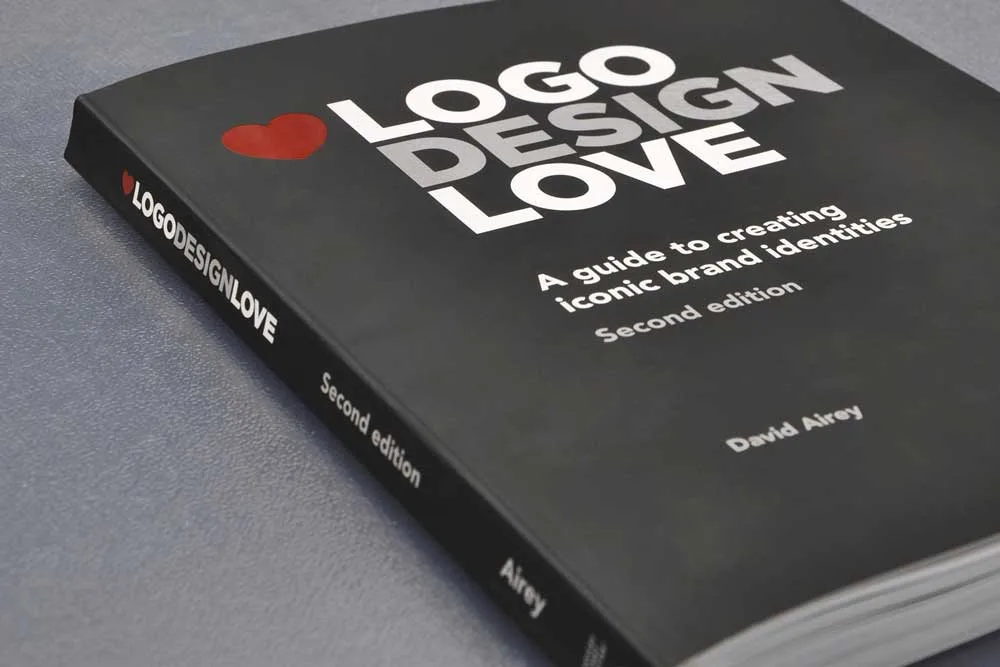
Since its original publication in 2011, David Airey's “Logo Design Love” has become an essential resource for aspiring and experienced designers. Now in its second edition, this comprehensive guide takes readers through the entire logo design process, from initial client meetings to delivering the final files.
Airey brings the world of logo design to life through real-world case studies, sharing insights into his creative process and client interactions. Readers gain a holistic understanding of the design principles, practical considerations, and business relationships involved in developing a compelling visual identity.
The book covers the step-by-step process of crafting logos, beginning with research to understand the client's brand and industry. Airey stresses the importance of clear communication with stakeholders to identify their values, personality, and goals. With the project goals and audience in mind, he walks through techniques for conceptualising ideas and developing the visual form.
- Airey, David (Author)
- English (Publication Language)
- 240 Pages – 08/20/2014 (Publication Date) – Peachpit Press (Publisher)
Throughout the process, Airey shares tips for best practices, from setting client expectations to presenting and handing off the final logo files. Sidebars contain quick lessons on typography, colour theory, and other core design skills relevant to logo creation. Abundant visual examples and case studies reveal how successful logos come to life.
Since its first publication, “Logo Design Love” has been translated into 12 languages as designers worldwide have embraced Airey's practical, human-centred approach. A decade later, his emphasis on client empathy, user-focused design, and clear communication continues to resonate. This comprehensive guide provides inspiration and knowledge to elevate any brand's visual identity.
3 – “Symbol” by Angus Hyland and Steven Bateman
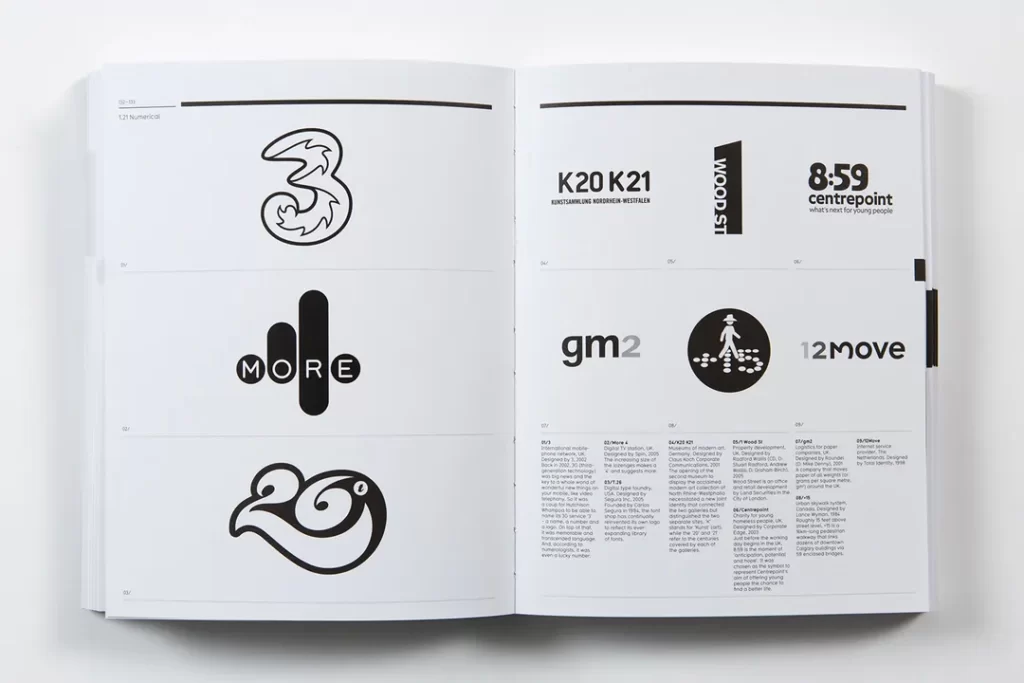
Symbols carry meaning. From ancient hieroglyphs to modern-day logos, visual emblems have long allowed humans to communicate ideas and connect. In their wide-ranging book “Symbol,” authors Steven Bateman and Angus Hyland explore the rich cultural history behind symbols, analysing why specific designs resonate with audiences globally.
Spanning over 400 pages, “Symbol” showcases a diverse collection of over 1,300 logos, seals, and trademarks that have stood the test of time. Each symbol is presented through high-quality imagery, allowing readers to appreciate the nuances of the design. The authors then provide insight into the origin and significance of the logo, tracing how it has evolved and expanded its meaning over decades or even centuries of use. From the simple, pared-down Nike “swoosh” to the cryptic sigil that marked mosaics in ancient Pompeii, the book delves into what gives symbols their mystique and lasting power.
- Steven Bateman (Author)
- Laurence King Publishers (Publisher)
Significantly, Bateman and Hyland go beyond surface analysis to uncover the cultural zeitgeists, values, and collective mythologies that inspired these emblems. For instance, they explore how the 1960s youth movement influenced the casual, psychedelic vibe of the Grateful Dead's skull and lightning bolt logo. Or how the National Basketball Association adopted a silhouette of a basketball player as their logo in the athletic Golden Era of the late 20th century. These contextual insights reveal how symbols take on meaning based on the culture and era in which they are created.
The psychological aspects of visual symbols are also given focus. The authors tap into concepts of Gestalt theory, semiotics, and branding to explain why specific shapes, colours, and compositions can evoke instant recognition and loyalty from consumers. Examples like the soft drink 7Up's crisp green dot and red stripe are deconstructed to show how they subliminally signal ideas of refreshment, coolness, and vitality. For designers and marketers, these sections provide an instructive guide on crafting impactful logos and trademarks with symbolic resonance.
Ultimately, “Symbol” provides a fascinating visual and intellectual journey, enriching our understanding of how emblems unite communities, express ideals, and imbue commercial brands with personality. Both comprehensive in scope and thoughtfully analytical, this book promises to be an invaluable reference for anyone interested in the intriguing power of visual symbols.
4 – “Logo Creed” by Bill Gardner
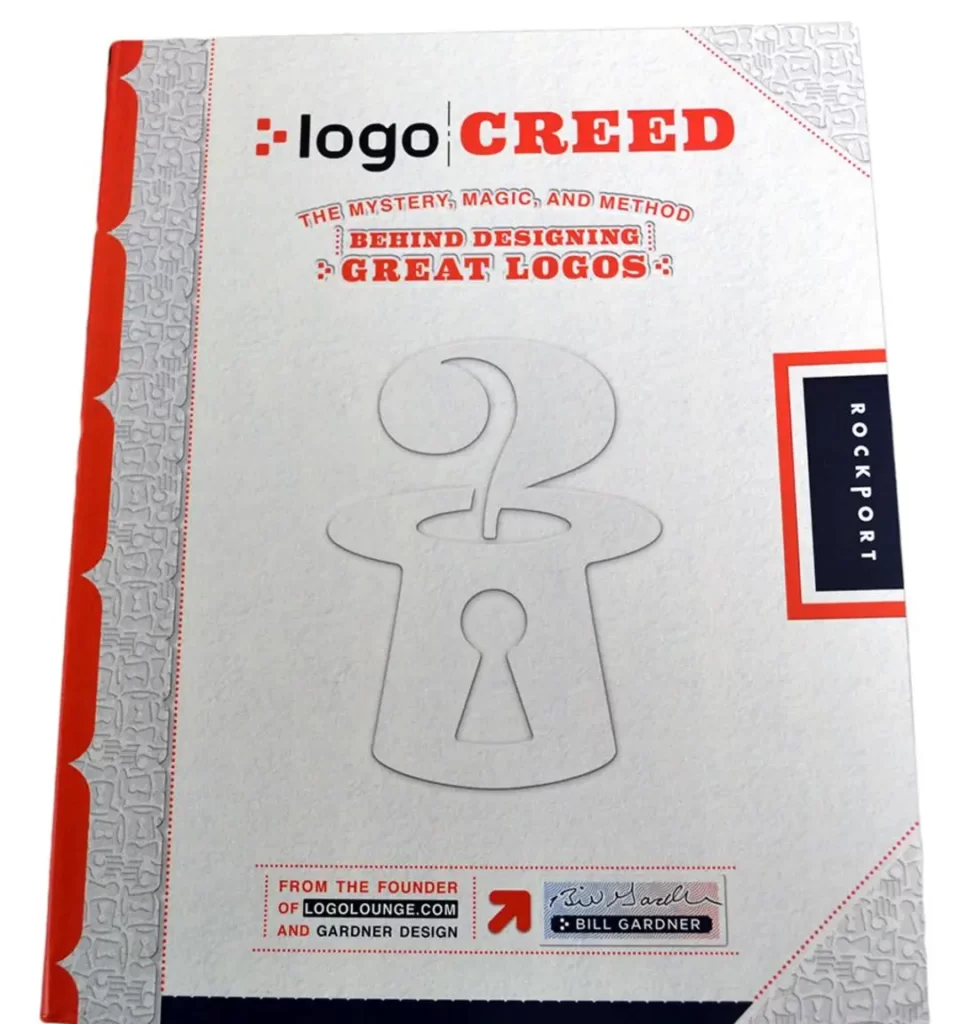
In his captivating book “Logo Creed,” renowned logo designer Bill Gardner delves into the fascinating stories behind some of the world's most iconic logos. With over 40 years of experience designing logos for significant companies and analysing over 7,000 symbols, Gardner provides unparalleled insights into logo design's nuanced art and psychology.
At its core, Gardner argues that compelling narratives and intentions shape memorable and impactful logos. Each logo contains a “creed” or belief system that connects it to the company's larger purpose and shapes consumer perception. By infusing symbols with authentic stories rooted in brand values, designers can spark an emotional connection with target audiences.
- Gardner, Bill (Author)
- English (Publication Language)
- 220 Pages – 09/10/2017 (Publication Date) – Indicia Press (Publisher)
Gardner explores these concepts through illuminating case studies of logos like the Nike Swoosh, Starbucks mermaid, and IBM eight-bar logo. We learn about the bold simplicity of the Nike logo, reflecting the brand's focus on speed and movement. The Starbucks mermaid evokes the seafaring coffee tradition in a nostalgic, romantic way. And IBM's eight-bar logo synthesises the company's journey from punch-card machines to modern computing through its flexible, geometric form.
These stories reveal how logos encode brand myths, conjure desired associations, and create visual shorthand imbued with meaning. Gardner emphasises that logo design requires an astute understanding of a company's ethos and objectives. By carefully considering context and audience needs, designers can develop authentic logos that stand the test of time.
With insightful analysis and visually engaging examples, “Logo Creed” highlights logo design's remarkable depth and strategic power. It inspires designers to craft logos rooted in purpose, identity, and cultural relevance. Gardner's essential guide provides an informational roadmap and inspiration for any designer seeking to create resonant brand marks.
5 – “Logobook” by Ludovic Houplain
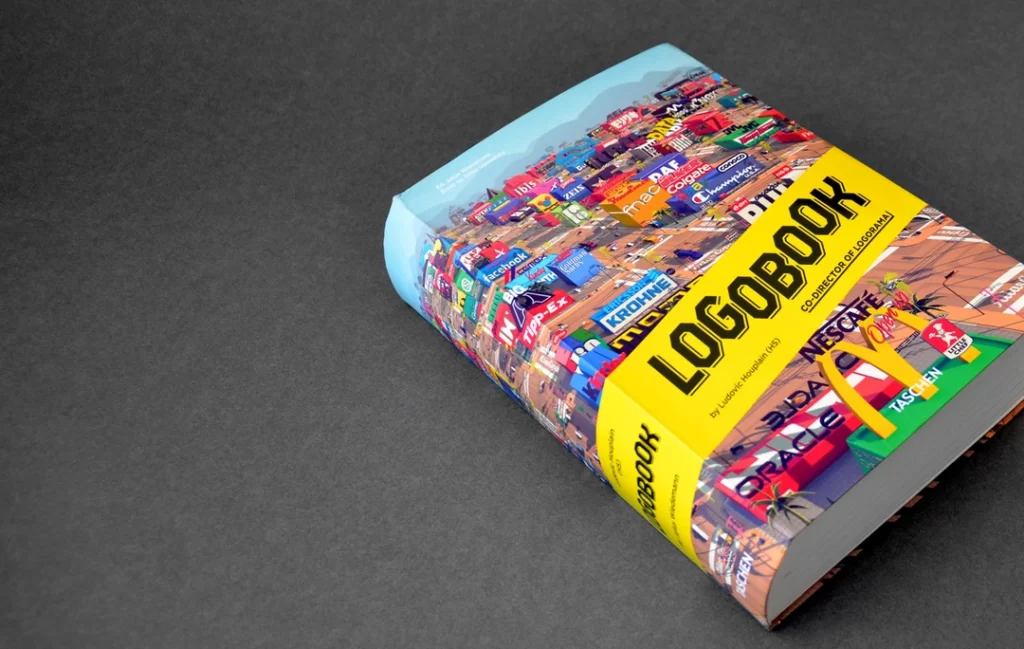
Logobook is a compelling visual journey through the creative minds of logo designers worldwide. This meticulously curated collection features over 7,000 logos that exemplify the boundless possibilities in logo design today.
More than just a gallery of logos, Logobook provides invaluable insights into the creative process behind these unconventional designs. Each symbol tells a unique story about the designers' artistic vision, communication objectives, and willingness to experiment.
Leafing through the pages, it's clear that these logos are not constrained by tradition. They disrupt norms, think outside the box, and challenge preconceived ideas of what a logo can be. Their designs seamlessly balance artistic expression and impactful messaging in innovative ways.
- Hardcover Book
- Houplain, Ludovic (Author)
- German (Publication Language)
- 808 Pages – 05/15/2013 (Publication Date) – TASCHEN (Publisher)
Logbook inspires designers to embrace new perspectives and reimagine design conventions. The diverse styles and techniques on display spark creative ideas and encourage thoughtful experimentation. While some logos take playful and unexpected visual approaches, others use symbolism and negative space to communicate with simplicity and wit.
Far from frivolous design pursuits, these logos reveal strategic and thoughtful communication principles. Each represents a designer's skill in distilling the essence of a brand into an aesthetically pleasing and meaningful symbol.
For those looking to invigorate their design thinking, Logobook provides a wellspring of unconventional inspiration. It celebrates the unlimited possibilities in logo design today and motivates designers to craft logos that inform, delight, and connect on new levels.
6 – “Los Logos” by Robert Klanten, Hendrik Hellige, and Anna Sinofzik

With over 800 pages of stunning logo designs, Los Logos 8 is the definitive guide to contemporary logo design. Now in its eighth edition, this influential publication provides an in-depth look at the latest innovations and trends shaping logo design today.
Curated by creative director Julius Wiedemann, this compendium features over 200 new logos designed since the previous edition in 2020. These contemporary designs demonstrate how logo creators push boundaries and explore new visual languages to capture the zeitgeist.
A key trend captured in this new edition is the fusion of digital and analogue aesthetics. Many designers are blending classic hand-drawn elements with dynamic digital textures and effects. This creates logos with a distinctively modern look and feel. For instance, the symbol for Livespace, a UK-based interior design firm, combines hand-drawn typography with colourful gradient fills.
- Hardcover Book
- English (Publication Language)
- 400 Pages – 09/14/2017 (Publication Date) – gestalten (Publisher)
Sustainability is also an emerging theme. As brands seek to communicate their eco-friendly values, logos are becoming greener by using natural shapes, earthy tones, and references to the natural world. The symbol for Rabobank, a Dutch financial services company, encapsulates this through its playful flower icon formed from recycled materials.
While trends come and go, timeless fundamentals still apply in good logo design. Simplicity, memorability and versatility are critical attributes showcased across the contemporary logos in Los Logos 8. The book highlights how designers achieve visual impact and longevity through clean, minimalist aesthetics.
With its breadth of cutting-edge designs, Los Logos 8 provides inspiration and learning opportunities for graphic designers, brand creators, and design students. It offers an invaluable reference for staying ahead of the curve in contemporary logo design. This curated collection demonstrates how logos continue to reflect and influence broader visual culture today.
7 – “Logo: The Reference Guide to Symbols and Logotypes” by Michael Evamy

Published in 2012, Michael Evamy's “Logo” offers an extensive look into the multifaceted world of logo design. With over 1,300 logo examples from diverse industries, this comprehensive volume examines the practical considerations and techniques of crafting a compelling visual identity.
Evamy explores the distinction between logotypes, which solely utilise customised typography, and symbolic logos, which incorporate pictorial elements. He analyses the factors contributing to a logo's versatility, such as simplicity, memorability, and adaptability across contexts. The book features logos of various styles and eras, highlighting trends in logo design over time.
- Evamy, Michael (Author)
- English (Publication Language)
- 352 Pages – 02/10/2015 (Publication Date) – Laurence King Publishing (Publisher)
“Logo” provides thoughtful advice on designing for different industries, tailoring logos for fashion versus finance versus food and beverage. Evamy stresses the importance of research and strategy in logo design rather than trend-chasing. He advises designers to tap into the values and personality of the company or product when conceptualising the logo.
With its extensive visual catalogue and practical guidelines, “Logo” is an invaluable reference for working designers and an introduction for students. It offers principles and best practices for crafting logos that effectively represent brands in the long term, conveying the core spirit of an organisation through this fundamental visual marketing tool.
8 – “Marks of Excellence” by Per Mollerup

Symbols, logos, and trademarks hold immense power in our visual culture. In his expansive work “Marks of Excellence,” design scholar Per Mollerup delves into logos' rich history, aesthetics, and cultural meanings. He thoroughly examines how these visual emblems shape perceptions and influence human behaviour.
Spanning over 240 pages, this visually compelling book chronicles the evolution of logos from ancient times to the modern day—Mollerup analyses over 2,700 logo examples, elucidating their stylistic transformations across different eras. From ancient runes and heraldic symbols to modernist abstractions and digital designs, he unveils the trends and innovations that have progressed logo design over centuries.
- Used Book in Good Condition
- Hardcover Book
- Mollerup, Per (Author)
- English (Publication Language)
- 296 Pages – 05/14/2013 (Publication Date) – Phaidon Press (Publisher)
Beyond pure aesthetics, Mollerup explores the cultural and semiotic dimensions of logos. He examines how marks, signatures, and graphic symbols have been used to designate ownership, signal quality, confer authority, and build brand identity. Delving into case studies, Mollerup reveals how logos encode complex societal meanings, cue emotional responses, and imbue commercial products with cultural values.
Fundamentally, this work provides critical insight into how graphic symbols construct identity. Mollerup demonstrates how logos shape collective consciousness, influence consumer attitudes, and activate cultural associations. He unpacks the mechanics of visual persuasion at play in iconographic branding. Ultimately, this expansive volume enables a holistic understanding of logos' profound power to shape human perception and behaviour on both a commercial and social level.
9 – “Logo Design Theory” by A. Michael Shumate

In “Logo Design Theory,” author A. Michael Shumate breaks down the key concepts distinguishing powerful, compelling logos from mediocre ones.
Thomas begins by explaining the principles of semiotics – the study of signs and symbols. When designing a logo, every visual element carries meaning. The choice of shape, colour, typography, and stylistic flourishes can evoke specific ideas, emotions, and associations in the viewer's mind. He explores classic semiotic theory from scholars like Ferdinand de Saussure and Charles Sanders Peirce to unpack how designers embed symbolic thinking into logos.
The book then delves into the psychology behind visual perception and information processing. Thomas draws on seminal research from psychologists and neuroscientists to explain why specific shapes, colours, and spatial relationships grab a viewer's attention. Readers learn how the Gestalt principles of perception underlie many iconic logos. These principles explore ideas like continuity, closure, and figure-ground relationships.
- Shumate, A Michael (Author)
- English (Publication Language)
- 174 Pages – 06/01/2020 (Publication Date) – Elfstone Press (Publisher)
A. Michael Shumate also spends considerable time on the role of colour theory in logo design. Colours carry cultural meanings and elicit profound emotional responses. Savvy designers choose hues to communicate the right ideas about a brand's personality. For example, blue connotes trust, green represents nature, and red signifies excitement. Thomas guides in selecting palette colours that align with brand objectives and audience expectations.
Finally, the book explores how typography choices add further layers of meaning. The interplay between fonts, their associations, and the surrounding visuals provide tangible ways to express brand attributes. Thomas showcases timeless logos that use stylised typography to cement ideas about the company's history, values, and story.
“Logo Design Theory” provides both concrete guidance and thought-provoking concepts. By mastering the principles in this book, designers can create logos that aesthetically communicate a brand's identity and ethos. Thomas shows how applying design theory leads to icons that stand out from the crowd and cement meaningful connections. Any logo designer looking to take their work to the next level will find enlightening ideas and inspiration in this book.
10 – “Designing Brand Identity” by Alina Wheeler
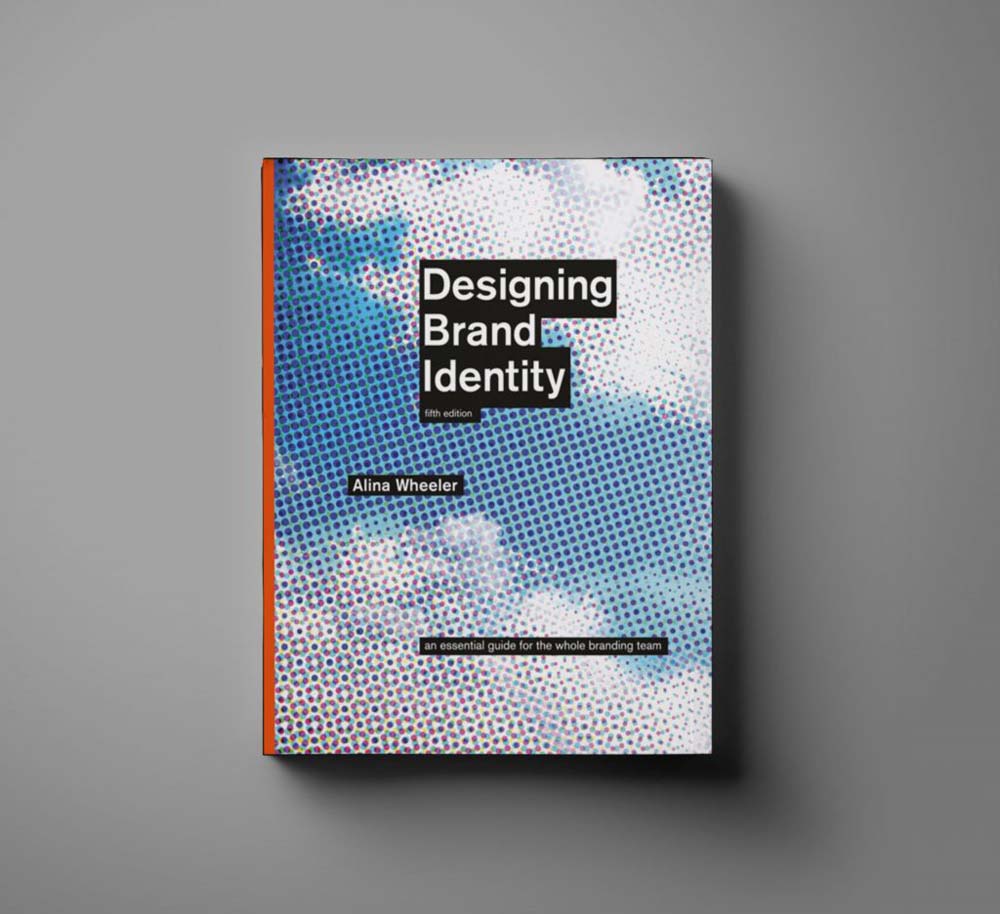
Alina Wheeler's comprehensive guide “Designing Brand Identity” explores the multifaceted process of developing a brand's visual presence. Going beyond logo design, Wheeler examines how to craft a thoughtful brand strategy and extend it cohesively across touchpoints.
With insights from decades of branding experience, Wheeler unpacks what makes brand identities resonate. A brand's visuals must authentically reflect its inner truths and aspirations. Logos act as symbolic ambassadors, while typography, colour palettes, imagery and other assets echo the brand's sensibilities. Consistency and adaptability enable brands to connect across contexts while staying recognisable.
- Hardcover Book
- Wheeler, Alina (Author)
- English (Publication Language)
- 324 Pages – 10/24/2017 (Publication Date) – John Wiley & Sons Inc (Publisher)
First published in 2003, “Designing Brand Identity” has become a staple in design education, valued for its strategic framework and practical guidance. Two extensively updated editions have followed, incorporating new case studies and expanding the book's global perspective.
Wheeler provides concrete direction on:
- Conducting brand research and mining insights to inform strategic positioning
- Translating brand strategy into creative direction and visual aesthetics
- Crafting versatile logo designs and complementary brand assets
- Maintaining brand alignment across marketing materials, packaging, environments and experiences
For branding practitioners, educators and students, “Designing Brand Identity” remains an authoritative roadmap to developing unified, resonant brand identities poised for longevity. Its comprehensive approach empowers readers to think beyond isolated design tasks to orchestrate a brand's visual presence holistically.
Conclusion
Logo design is an artistic discipline that requires a blend of creativity, psychology, and strategic thinking to develop impactful visual identities. The ten books examined in this article offer a comprehensive guide to the art and science of logo design, spanning historical perspectives to contemporary trends. For novice designers and seasoned professionals, these resources provide invaluable insights, case studies, and practical advice to elevate logo design skills.
More than just graphic symbols, great logos encapsulate a brand's values, culture, and purpose. The classic golden arches of McDonald's evoke notions of family, fun, and Americana. The bitten apple of Apple suggests taking a daring bite of technology and innovation. The syncopated font and red hyphen tease the speed and dynamism of FedEx. Beyond shapes and colours, these logos communicate ambitions, personalities, and visions.
By immersing yourself in the wisdom outlined in these books, you can embark on a journey to master this nuanced art form. Learn from the triumphs and tribulations of iconic logos throughout history. Study the psychological and perceptual factors that make logos memorable. Discover pragmatic tips for developing versatile, future-proof symbols strategically aligned with brand objectives. Examine the latest trends and tools for creating logos digitally. Most importantly, let your creativity run wild within these experienced authors' frameworks.
The next time you see a logo that stops you in your tracks, remember the intricate balancing act of art and science occurring behind the scenes. With a dedication to your craft and insights from these books, you, too, can learn to develop logos that stand the test of time, resonate with audiences, and leave a visual imprint on brands worldwide. The exploration begins by opening these pages. Let the design journey commence!
Last update on 2024-04-29 / Affiliate links / Images from Amazon Product Advertising API



![Top 10 Best Logo Design Books For Designers 9 Symbol By Bateman, Steven, Hyland, Angus Unknown Edition [Paperback(2011)]](https://m.media-amazon.com/images/I/316-TJV9DBL.jpg)






